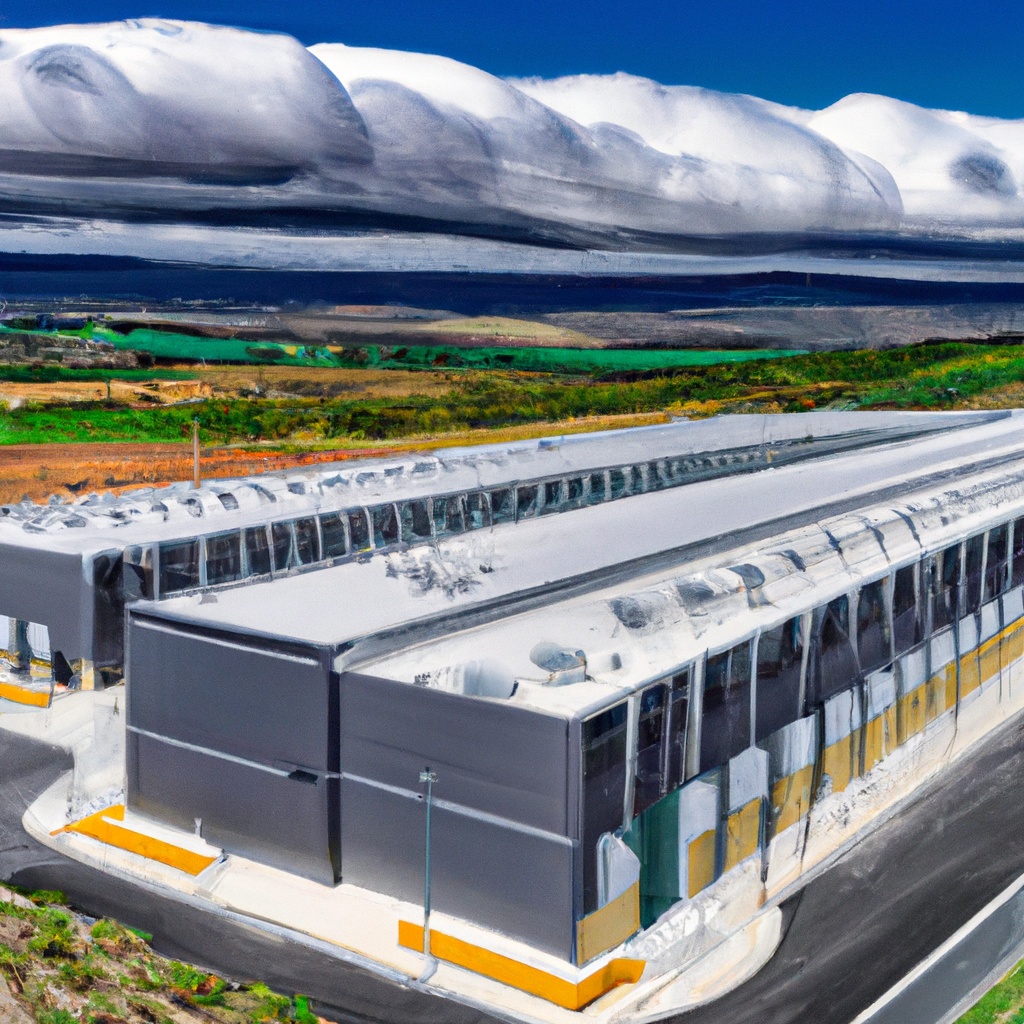
The Rise of Edge Computing: How Decentralized Data Centers are Transforming the Industry
In the ever-evolving data center industry, one of the most significant trends observed in recent years is the rapid adoption of edge computing. This article aims to provide a comprehensive analysis of how decentralized data centers are transforming the industry, as well as the implications of this shift on the future of data center operations.
Edge Computing: An Overview
Edge computing refers to the practice of processing data closer to the source of data generation, as opposed to relying solely on centralized data centers. This approach aids in reducing latency, optimizing network bandwidth utilization, and enhancing the overall user experience.
The increasing proliferation of Internet of Things (IoT) devices, smart cities, and other connected technologies has created an urgent need for faster data processing and real-time analytics. Traditional data centers are sometimes unable to accommodate these requirements, necessitating the implementation of edge computing solutions.
Benefits of Edge Data Centers
Edge data centers, strategically located closer to end-users, offer several advantages, including:
- Reduced Latency: Processing data near its source significantly minimizes latency, leading to faster response times and improved application performance.
- Enhanced Reliability: A decentralized approach can help decrease the risk of network outages and downtime, as it eliminates the dependence on a single, centralized data center.
- Increased Security: Edge data centers can provide superior data security by retaining sensitive information closer to the source, reducing the likelihood of data breaches during transmission.
- Cost Savings: With edge computing, organizations can potentially save on bandwidth costs, as data is processed locally, and only essential information is transmitted to the centralized data center.
Challenges Associated with Edge Data Centers
Despite the numerous advantages, edge data centers also face several challenges that industry professionals must address:
- Security: Although edge computing can enhance data security, it also introduces new risks, as there are more potential points of attack. Ensuring the security of multiple smaller data centers necessitates new approaches and solutions.
- Power Management: Efficient power management is crucial, particularly as edge data centers are often situated in remote areas with limited power supply options. Innovative power management solutions and renewable energy sources may be required.
- Scalability: As edge computing continues to grow, it is essential to design scalable edge data center infrastructure that can easily adapt to changing requirements.
Preparing for the Edge Computing Revolution
Data center professionals must stay ahead of the curve and adapt to the rise of edge computing. The following key strategies should be considered:
- Embrace New Technologies: Familiarize yourself with the latest edge computing solutions and technologies, such as containerization, micro-data centers, and 5G networks.
- Invest in Security: Prioritize security measures and stay up-to-date with the latest security standards and best practices for edge computing.
- Collaborate and Learn: Network with other professionals in the industry to exchange ideas, insights, and lessons learned from edge computing projects.
The rise of edge computing is undeniably transforming the data center landscape. It is essential for industry professionals to adapt and embrace this change by understanding the benefits and challenges associated with edge data centers and staying informed about the latest trends and technologies. By staying well-informed and adapting to the changing landscape, industry professionals will be better prepared to successfully navigate this dynamic phase in the evolution of data centers.




